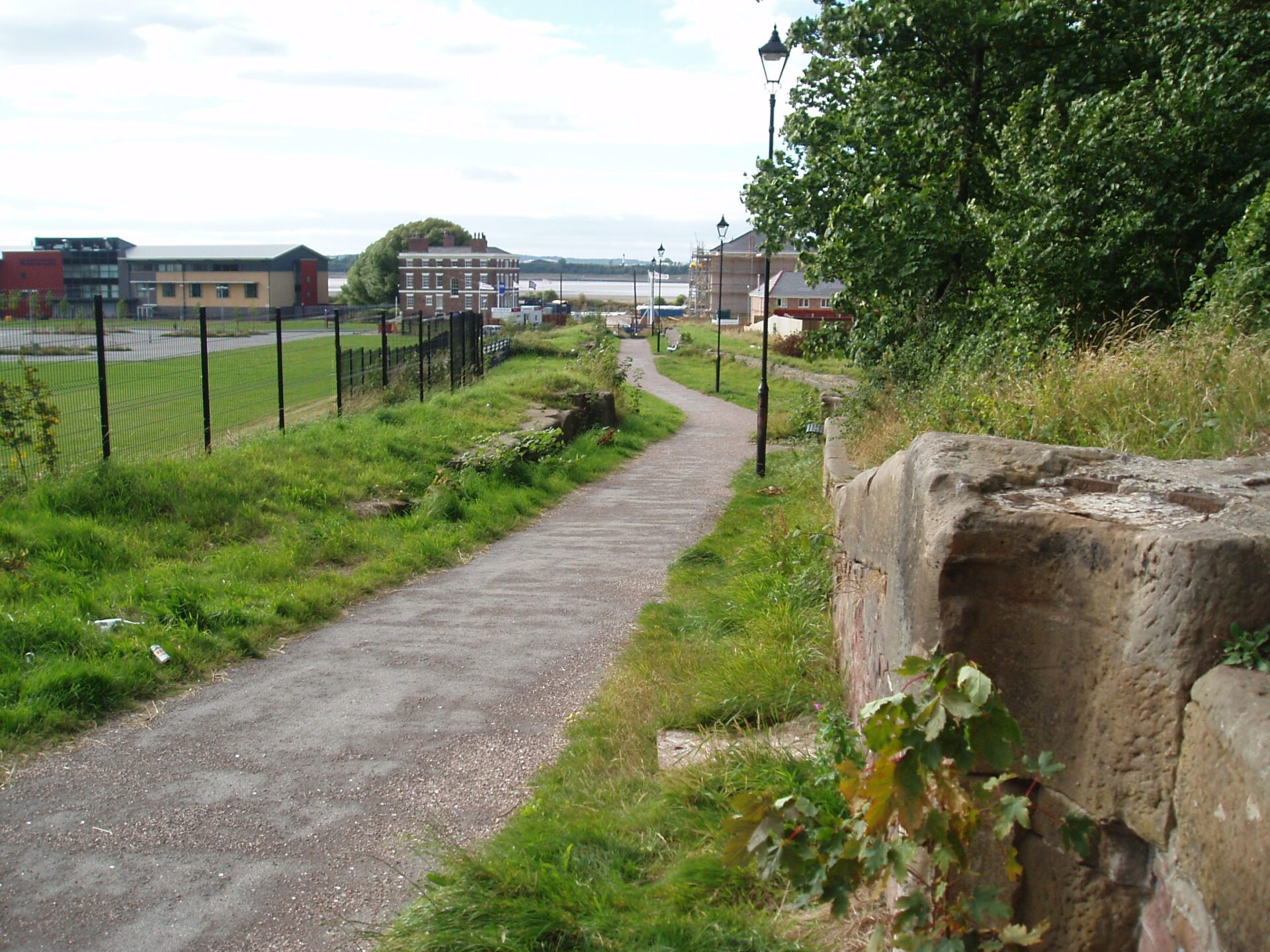How Waterways Can Help
Our inland waterways form a vast, open-air network of historic canals and rivers. This heritage is not in a museum but is open and accessible to everyone, and is unsurpassed in its scale and inclusivity.
The built heritage of the waterways ranges from the simple 18th century architecture of locks and cottages, humpback bridges, wharfs and warehouses to pioneering tunnels and embankments, soaring aqueducts and a unique 21st century boat lift.
Waterways heritage is holistic; it is not only the buildings and engineering structures, but also the landscape, the traditions, the culture, the boats and the people who operated them. Add in the fact that each waterway is unique, and this all contributes to the sense of place and living history that people experience when visiting them.
Most of the structures and engineering features date from the 18th and 19th centuries, and are at risk from weather extremes caused by the changing climate. This heritage is what makes our waterways special. It needs protecting through the local planning system, and through sufficient funding for maintenance.


